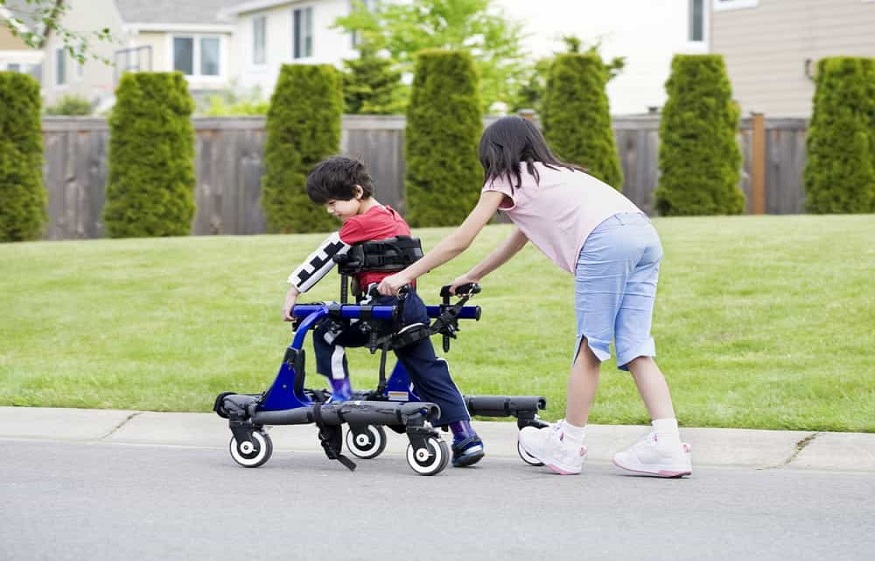Choosing A Walker Based On Your Child’s Condition
A primary concern that all parents have when attempting to purchase a walker for their child is whether it will meet their needs. This is a more complicated question than what it first appears to be. Different walkers cater to different states of ability among their users but often do not explicitly state who they are built for.
Instead, they might use terms such as “Ambulatory” or “GMFCS level”. These are categories or classifications of users’ mobility status. To help you cope with these terms, we have written this article to cover the categories of mobility and what they each entail.
Categories of Mobility
Ambulatory IndividualsA person who is ambulatory can walk with or without minimal support; a semi-ambulant individual is ascertained as a person who has actually experienced a momentary or long-term decrease in mobility yet is able to walk with support.
Read more: When does one need liver transplantation?
Non-Ambulatory IndividualsA non-ambulatory person is unable to walk or stand without aid, needing expansive assistance or a mobility device to get around.
There are generally compromises. Tools which extend more assistance for crucial health conditions, are often referred to as gait trainer, often tend to be bulkier and quite more restricting for unrestrained movement. They might likewise be more difficult to bring along in activities out of home. More versatile instruments with reduced adaptive attributes are commonly called pediatric walkers.
The most agile, compact and weightless products will usually not provide the same degree of support. What is very important is to comprehend where the middle line is for the individual case is on this spectrum, and which product corresponds to this middle line.
GMFCSThe Gross Motor Function Classification System (GMFCS) is a five-level clinical classification system that focuses on the voluntary movements of children with cerebral palsy (CP), with specialized attention on sitting and walking. It can be a rough overview for the kind of mobility tool to be considered.
For GMFCS Degrees of 2 and 3 pediatric walkers are normally truly suitable for support. GMFCS Levels of 4 or 5 will call for more sophisticated gait trainers and standers to achieve standing position and some degree of movement.
Getting an Official Evaluation
Choosing a pediatric walker or gait trainer is a critical choice in the path towards independent movement of a kid with motor handicaps. Every parent desires to ensure it will give the very best tool that allows therapy in an optimal approach and enriches everyday activities. For example, a children’s walker with wheels should be tested in the hands of your child during their everyday activities before any actual purchase.
Read more: The considerations to be considered for joining a yoga class
The evaluation of the in the market products prior to buying ought to be based upon the medical diagnosis of the customer by a specialist doctor and in consultation with a seasoned physical therapist; evaluating the condition, possible and surroundings of a user.
